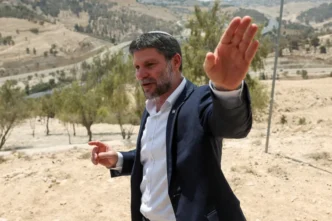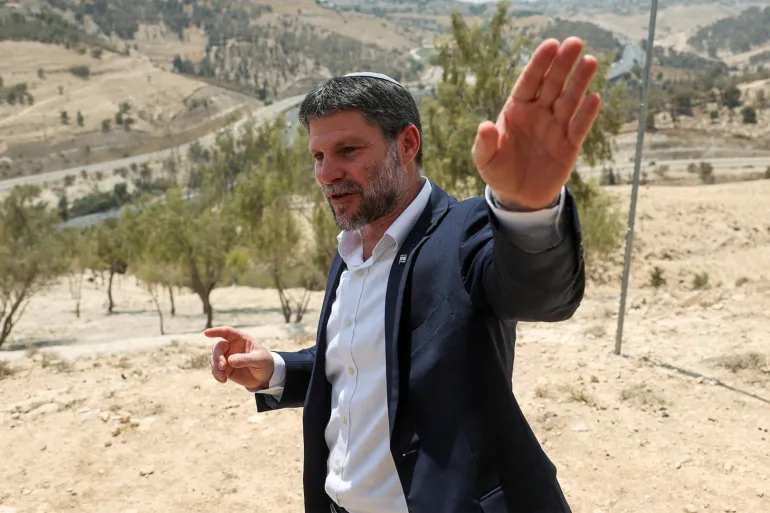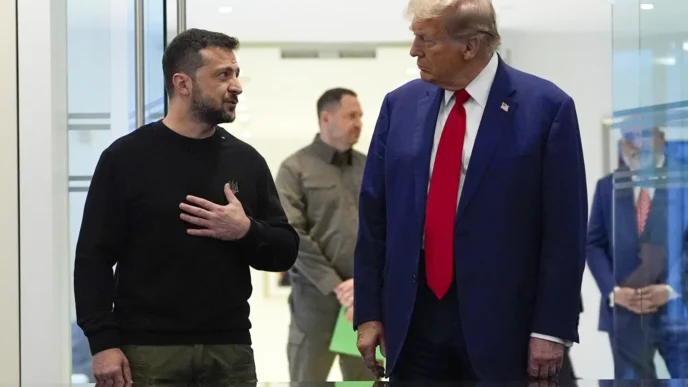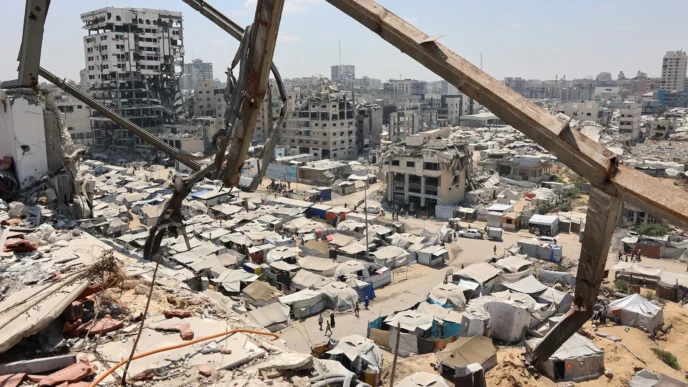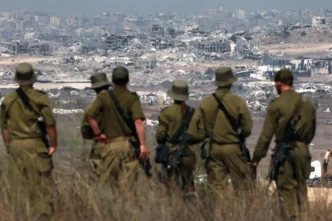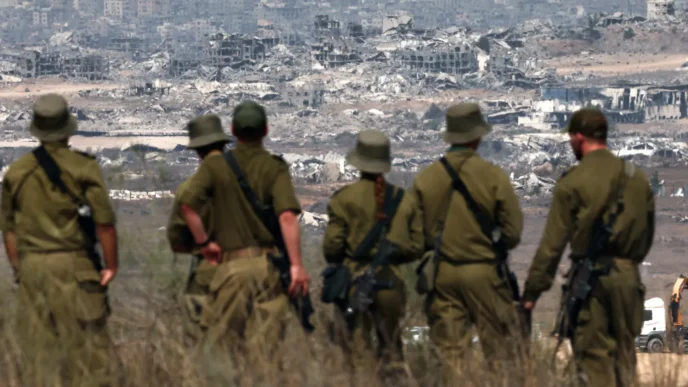On August 14, 2025, Israeli Finance Minister Bezalel Smotrich greenlit a controversial settlement expansion in the E1 corridor of the West Bank—an area long recognized as geopolitically pivotal. The initiative aims to construct over 3,400 new Israeli homes, a move he proclaimed would “bury the idea of a Palestinian state”—replacing diplomacy with “facts on the ground.”
The plan has ignited global condemnation, with critics warning that it would fracture Palestinian territorial continuity and deal a severe blow to the longstanding two-state peace framework.
1. The E1 Project: Reviving a Two-Decade Battle
What Is E1?
The E1 zone lies between East Jerusalem and the Israeli settlement of Ma’ale Adumim. For more than two decades, its development was held in check due to intense international pressure. Reviving this project now signifies a strategic shift toward territorial consolidation.
“Facts on the Ground” Over Diplomacy
Smotrich dismissed global diplomatic moves—including upcoming recognitions of Palestinian statehood—asserting that the situation would be decisively shaped not by documents or declarations, but by new neighborhoods and infrastructure.
2. Strategic Impact: Severing the West Bank
Fragmenting Palestinian Territory
The E1 expansion threatens to bisect the West Bank, obstructing the contiguity necessary for a viable Palestinian state with East Jerusalem as its capital. Critics warn it would render the two-state solution effectively dead on arrival.
Expanding Settlements: A Broader Pattern
This development builds on earlier moves—including the approval of 22 new settlements in May 2025—the largest expansion in decades. Officials framed it as both a strengthening of Israeli sovereignty and a strategic blow to Palestinian statehood.
3. Backlash from International and Local Voices
Palestinian, Diplomatic, and NGO Response
Palestinian authorities condemned the E1 plan as a colonialist escalation that devastates peace prospects. Rights groups labeled it “deadly” for any hope of a two-state solution.
Jordan and Others Speak Out
Jordan denounced the move as an aggression against Palestinian rights per the 1967 borders. Israeli NGOs accused the government of institutionalizing apartheid and warned that diplomatic gestures must be followed by concrete countermeasures.
4. Internal Motivations and Tactical Timing
Domestic Political Strategy
Smotrich—known for his hard-line settler backing—has prioritized settlement expansion as part of a broader sovereignty strategy. He framed E1’s revival as “Zionism at its best,” focusing on building Jewish presence rather than negotiating statehood.
Pushback Against Diplomatic Momentum
The announcement follows several countries signaling recognition of Palestine in September 2025. Smotrich dismissed these moves as irrelevant, claiming actions on the ground would determine legitimacy.
5. Legal, Humanitarian, and Peace Implications
Questions of Legality
The international consensus views Israeli settlements in occupied territories as illegal. E1’s approval clashes sharply with UN resolutions and longstanding legal norms.
Human Impact
Bedouin communities in the region face displacement, service loss, and erosion of livelihoods as development progresses. Settlement growth also restricts freedom of movement and access to land for Palestinians.
Eroding Peace Prospects
Together with settler violence and recent military policies in the West Bank, these developments further close doors to negotiations and peace. Fragmented territory, aging infrastructure, and escalating displacements compound these concerns.
Conclusion
Israel’s E1 settlement revival delivers more than housing—it delivers political intent. With Smotrich proclaiming the project as a defiant response to international recognition of Palestine, the move cements a territorial reordering with far-reaching consequences.
In the absence of decisive global pushback or renewed diplomatic architecture, the two-state vision may already be slipping from reach—no longer on paper, but buried under concrete.


